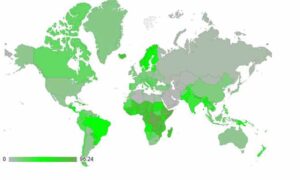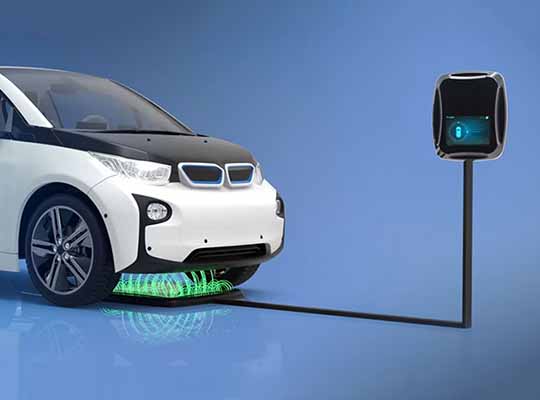The recently concluded CoP 27 summit in Egypt was a hit-and-miss on a lot of fronts. It was more of a ‘procedural’ CoP, the pending issues from previous CoPs were analyzed and debated. With 636 fossil fuel lobbyists present at the ordeal, Coca-Cola being the main sponsor of the mega event, a lot happened behind the scenes as much as on it. Coca-Cola is the largest polluter of all the corporations in the world, the move was received with a lot of flak, with netizens declaring it as a classic case of ‘greenwashing’.
99% of the population today is breathing polluted air. We use about 35 billion barrels of oil every year, scientists say we have already consumed 40% of the world’s oil reserves, and that it will run out by 2050. Fossil fuels will eventually run out, it is an inevitable truth. Finally, there is now a general sentiment in the public and in the market that we need to move to clean energy as soon as possible.
Have a look at what percentage of energy is renewable in all the countries

So, what if the whole world goes renewable?
Around 173 quadrillion watts of solar energy strike the earth continuously. That is 10,000 times the global electricity requirement. Just 1.2% of the Sahara Desert is enough to be home to solar panels that will light the entire world. A mere 1.5 hours of sunlight incident on our planet is equivalent to the world’s annual global energy consumption.

So why don’t we just set up all the panels in one place? Doing so we will be in deep waters because distributing this power across all the regions and terrains is a mammoth task. There would also be maintenance issues, as panels must be replaced after 25 years. That is why companies and startups across the globe are keen on making solar a consumer product, all residentials, housing societies, factories, and commercial entities are the real target market. 4-5 years back the industry was still in its nascent stages, but today it is in full-throttle mode. There is a lot more excitement and raw energy today in the renewable energy sector.
The biggest hindrance in this green dream is the batteries. Some miraculous advancements have been made in increasing the efficiency of batteries in the past two decades. But we still have a long way to go. The best of the best lithium batteries can produce energy of 2.5 megajoules per kg of its weight. Gasoline on the other hand can produce 20 times more than that. The day we make this difference imperceptible, we would have a real win under our belt. One thing is as clear as day: if we adopt complete greenification of energy, there would be a significant drop in the rate of increasing temperature, aiding the 1.5 °C goal set by the United Nations.
But is going 100% renewable possible?
Let us take planes for example. A flight would have to carry a 1000 tons battery to function on renewable energy. Another example is a cargo ship, if it needs to be run on EV batteries, 1/3rd of the weight it would carry would be only of batteries. This would be rather impractical, and not economically viable. Probably by the end of this decade, we would see an electric plane and an electric ship. Tesla recently launched an electric truck, so it is not a far-fetched idea.
What can governments across the world do?
This dream would only be possible if the government increases the greenness of the stimulus index. Invest in EV infrastructure, develop finance institutions, impose a carbon tax on corporations, and offer subsidies on renewable power plants for residentials and commercials.
About The Author :

Ravi Kumar
The Author is the Vice President (VP) of Oorjan Cleantech (https://www.oorjan.com). Oorjan is one of India’s fastest-growing solar companies, co-founded by IITians and ex-bankers.












